Cozen’s Test of the Elbow joint
Cozen’s Test is an important examination test that helps to diagnose Lateral epicondylitis (Tennis elbow).
Table of Contents
Purpose
- The goal of Cozen’s test, which is also called the “resisted wrist extension test” or the “resistive tennis elbow test,” is to look for lateral epicondylalgia, also known as “tennis elbow.”
How to perform Cozen’s Test?
Patient Position
- The patient ought to be situated, with the elbow broadened lower arm maximal pronation, wrist radially kidnapped, and hand in clenched hand.
Examiner Position
- While palpating the lateral epicondyle with the other hand on the hand’s dorsum, the therapist should stabilize the elbow.
Technique
- In the above-mentioned position, the therapist resists the patient’s request to move the wrist into dorsal flexion. If pain is felt on the lateral epicondyle, the test is positive.
- Resisted wrist extension should be performed with the patient’s fingers flexed in order to reduce the likelihood of finding pathology at the origin of the extensor digitorum.
- If there is pathology in this muscle or tendon, the counterforce should be applied to the dorsoradial aspect of the fist during isometric wrist extension to prevent involving the extensor carpi ulnaris and obtaining a false-positive result.
Practical Advice
Maintain the patient’s flexion of the fingers during resisted wrist extension to lessen the possibility of finding the disease at the extensor digitorum origin. In order to prevent the extensor carpi ulnaris from being involved during isometric wrist extension and to obtain a false-positive result if there is pathology within this muscle/tendon, the counter-force should be applied on the dorsoradial portion of the fist.
Evidence
The diagnostic accuracy of physical examination tests has not received enough attention, according to a recent study by Karanasios et al. However, the data that is currently available indicates that Cozen’s test reported high sensitivity (91%) while a grip strength difference of 5%–10% between elbow flexion and extension showed high sensitivity (78%–83%) and specificity (80%–90%).
Despite the scant evidence, Karanasios et al came to the following conclusions: the grip strength difference between elbow flexion and extension has good diagnostic values for determining the presence and absence of lateral epicondylitis, especially when used in conjunction with diagnostic tests like ultrasound and MRI; and the Cozen’s test can be used to rule out the condition during a physical examination.
FAQs
One of the most common tests for Lateral Epicondylalgia is Cozen’s Test, which identifies pain caused by tendinopathic changes in the extensor carpi radialis brevis muscle as a result of repetitive strain, typically from manual labor or racket sports like tennis. That’s why it is also known as tennis elbow.
A grip strength difference of 5% to 10% between elbow flexion and extension demonstrated high sensitivity (78 percent to 83 percent) and specificity (80 percent to 90 percent) on the Cozen’s test.
The results of the study using Cozen’s test and the Maudsley test show that there is 0% specificity and 84% sensitivity, respectively. This suggests that the Cozen’s and Maudsley tests are capable of correctly identifying healthy subjects.
The resisted wrist extension test and the resistive tennis elbow test are other names for Cozen’s test.
The recurrence of pain in the vicinity of the lateral epicondyle would constitute a positive test result. If this is positive, it may indicate radial nerve involvement because it also has the potential to put stress on the radial nerve.
According to Mill’s Greatest Happiness Principle (Principle of Utility), happiness is the most important criterion for determining morality—the ideal moral society is one in which everyone is content and free of suffering.

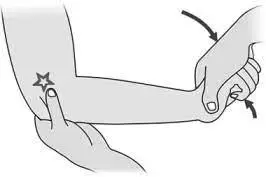

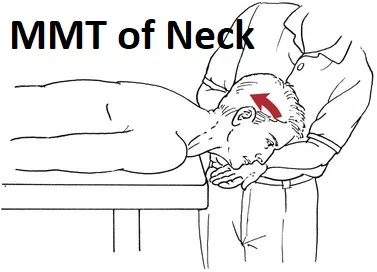

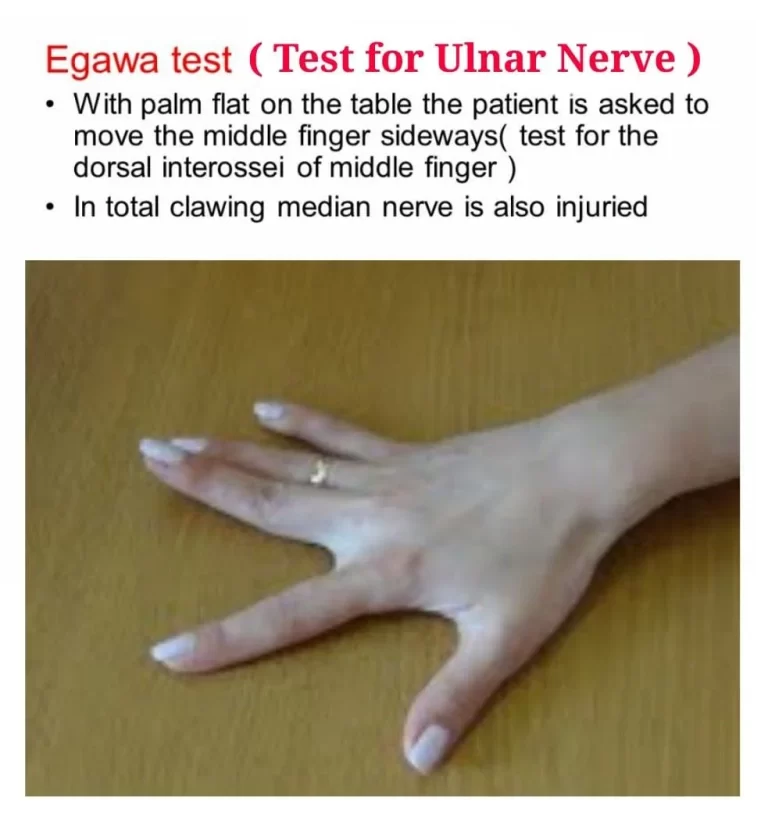
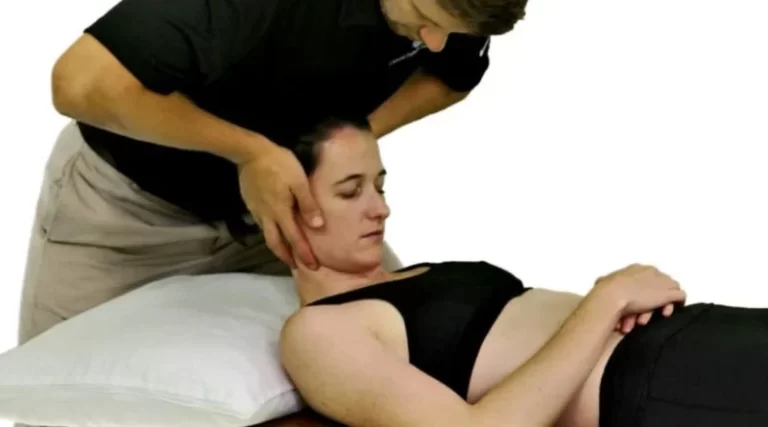
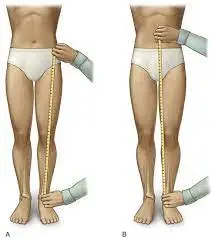
One Comment